Ever wondered what really went down in the Great Siege of Malta? Here it is, in a nutshell
The crucial details of the Great Siege of 1565... without any of the boring frills.
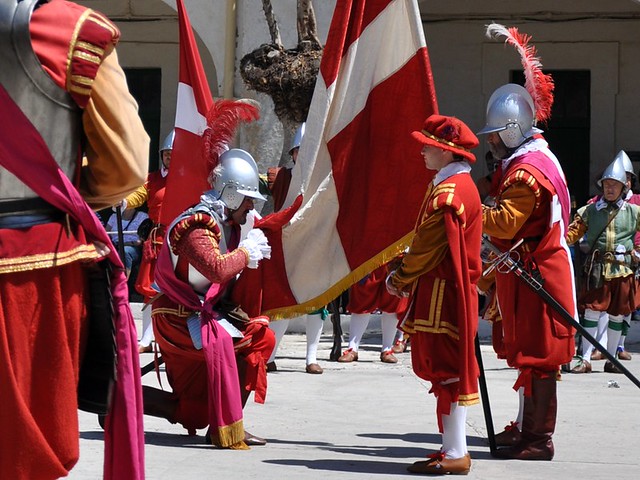
With all the fuss we make about the Great Siege of Malta of 1565, you may be surprised to learn that Malta actually has 7,000 years of colourful history, spanning many thousands of years before that. But as a small island nation, it's not surprising that the Maltese are so proud of this big happening... and here's why.
An army of between just 6,000 and 8,000 persons, including Maltese men, women and children, under the direction of the Knights of Malta, held back an Ottoman invasion of 30,000 to 40,000 soldiers. Different accounts offer different numbers, but we generally accept that 'we beat them one to five men!'
What’s perhaps more important is that, until this epic battle in 1565, the Ottoman Empire had been considered invincible. Voltaire remarked that "nothing is as well known as the Siege of Malta" because it marked the welcome beginning of the decline of the Ottoman powers in the Mediterranean.
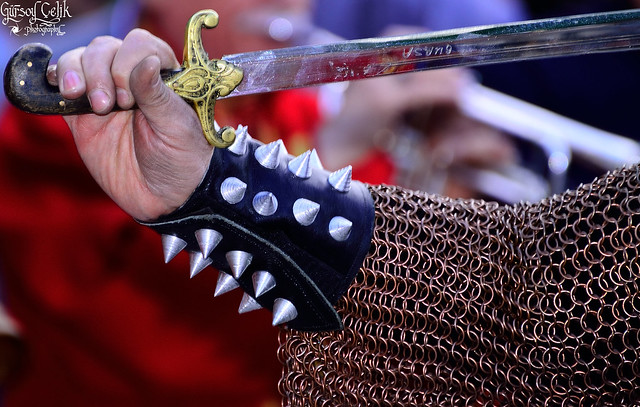
Barbary Corsair Dragut, ally of the Ottomans, had been wreaking havoc on Christian commerce ships during the early to mid 16th century. The Ottoman powers climaxed in the Mediterranean in 1560, after a Christian attack on Djerba ‒ the Ottoman stronghold on the Tunisian coast ‒ in an attempt to eliminate Dragut proved disastrous for the Christians.
That unsuccessful expedition had been joined by the Knights, and it lost them many vessels and men. They had hoped to stop Dragut before he would return to Malta - in 1551, Dragut had looted Gozo and taken most of its population of approximately 5,000 people as slaves. All the Knights could do now was prepare for an imminent invasion, as Malta’s strategic position in reaching Europe was evidently useful to the Ottomans.
The Knights had already protected the harbours with additional fortifications in 1552 and Fort Saint Elmo, Fort Saint Angelo and Fort Saint Michael ultimately proved crucial to the outcome of the siege. The attack began in May 1565 with a 36-day siege on Fort St Elmo alone, which delayed the Turkish attack considerably and in which the feared Dragut was fatally injured. Mustapha Pasha would lead the Turkish army.
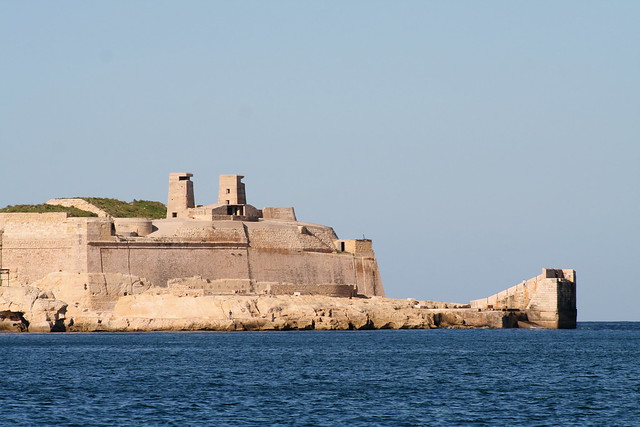
The Knights themselves, known as the Knights Hospitallers of the Sovereign Order of Saint John of Jerusalem, Rhodes and Malta, had arrived in Malta in 1530. They had been without a permanent home for eight years following their expulsion from Rhodes in 1522 by the Ottoman Sultan, Suleiman the Magnificent.
The Knights had reluctantly accepted the small, desolate Maltese Islands from the Holy Roman Emperor Charles V in return for an annual fee of one falcon sent to the Viceroy of Sicily, a solemn mass held on All Saints Day and a commitment to garrison Tripoli on the North African coast, which was controlled by the Barbary Corsairs, allies of the Ottomans.
But now, the Knights were under siege and hugely outnumbered. There was no way to overcome the siege if not by sheer heroism, bloodshed and, above all, clever military strategy.
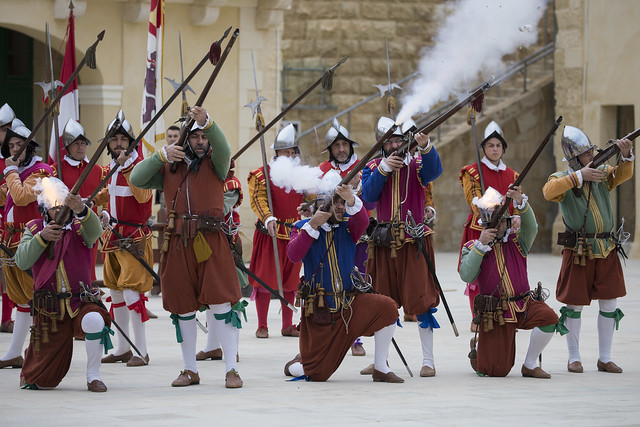
St Elmo held for 36 days because fresh Knights were being supplied to the secluded fortress by night from the water. In a tit for tat, when the celebrating Ottomans floated the headless corpses of captured Knights across the Grand Harbour in order to demoralise the Knights in Birgu, the act was simply returned with Turkish heads shot as cannon balls across the harbour toward St Elmo.
When the Turks finally entered the Grand Harbour and settled in Marsa, the islanders took refuge in the fortified cities of Mdina and Birgu, destroying crops and poisoning wells as they fled. The Turkish army became very ill and morale was low. They even failed to take Fort St Angelo on 18th August, when most of the defences had been breached.

In the meantime, the Knights were gathering information and sending messages through Toni Bajada, a Naxxar-born Maltese spy who had learnt Turkish while being a slave and who was a strong swimmer ‒ he was able to infiltrate anywhere undetected.
Toni Bajada and his team also placed spikes in the water, just below the surface, to damage any Turkish ships that approached Birgu. Women and children poured hot tar down the city bastion walls over anybody attempting to scale them. Grand Master de Vallette’s own stubbornness led him to refuse to accept the Ottoman’s terms of surrender despite the unfavourable odds of success.
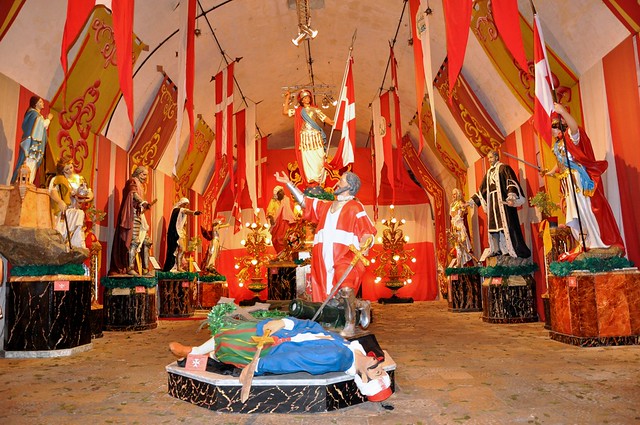
But the Sicilian forces were not arriving as desired. In one of the most clever ploys in history, a Turkish prisoner was ‘allowed’ to eavesdrop on the arrival of a huge number of relief forces and his prison cell was ‘accidentally’ left open. He fled and went to tell all his friends this worrying news. It was September, and the Ottomans were also becoming concerned about their journey back home. By the time they saw the first small cavalry arriving, they were so demoralised that they retreated, became trapped and lost thousands more men.
The Turks left Malta on 8th September. It is today a national holiday known as Victory Day (Il-Vitorja). It is marked with a national regatta in the Grand Harbour. Birgu is also known as Citta Vittoriosa - the victorious city that has never been taken.
The Knights believed the Turks would return and the Siege of Malta led to the founding of a new capital city on the Peninsula between the two harbours guarded by Fort St Elmo. It was to become known by the name Valletta, after Grand Master Jean Parisot de Valette.

On a more global scale, the victory of the Knights during the Siege of Malta has protected the Mediterranean and the rest of Europe from a complete Ottoman take-over. The political world map today, with its people, religion and commerce, might be very, but very different, had it not been for the prowess of Grand Master Valette and the Maltese people in 1565!